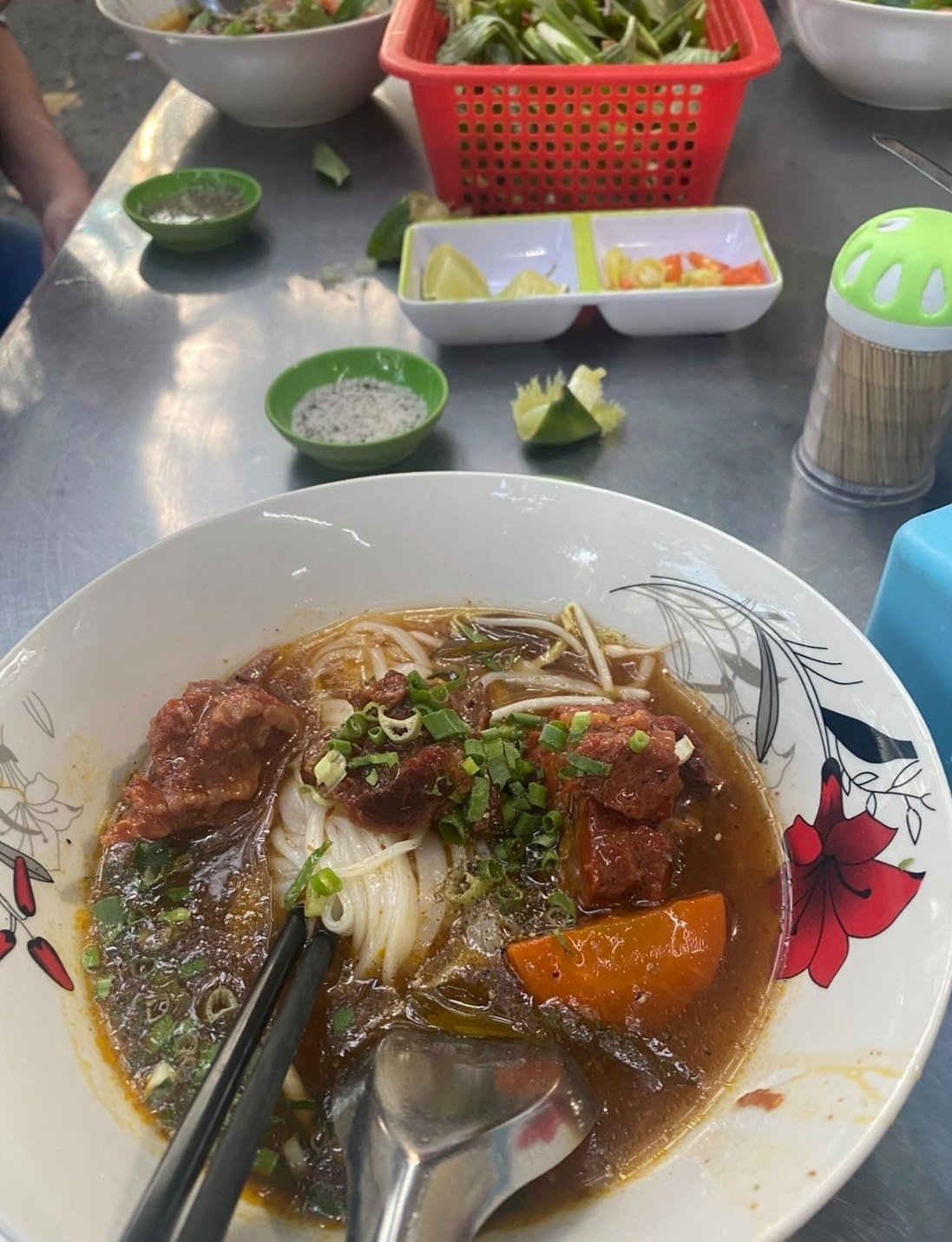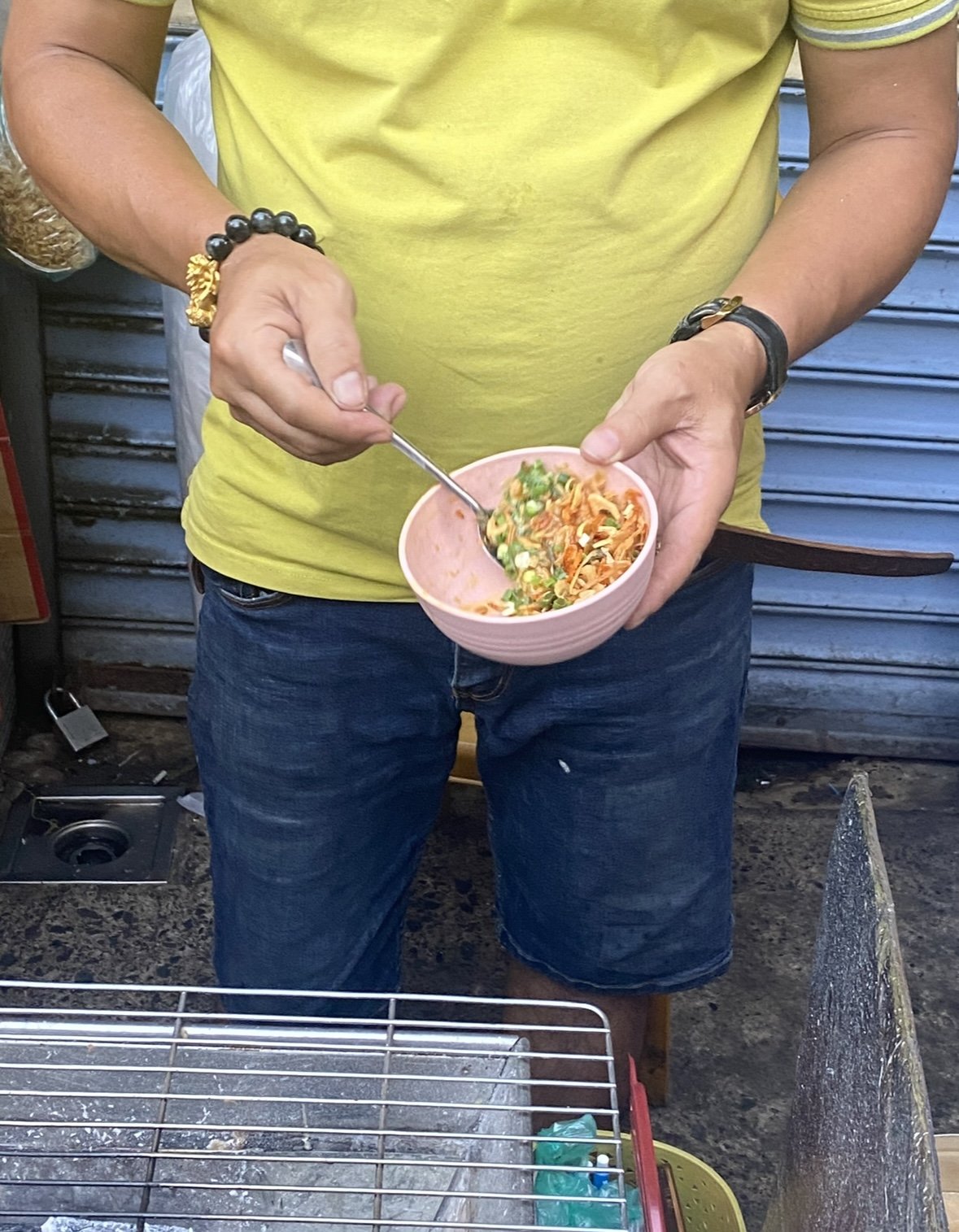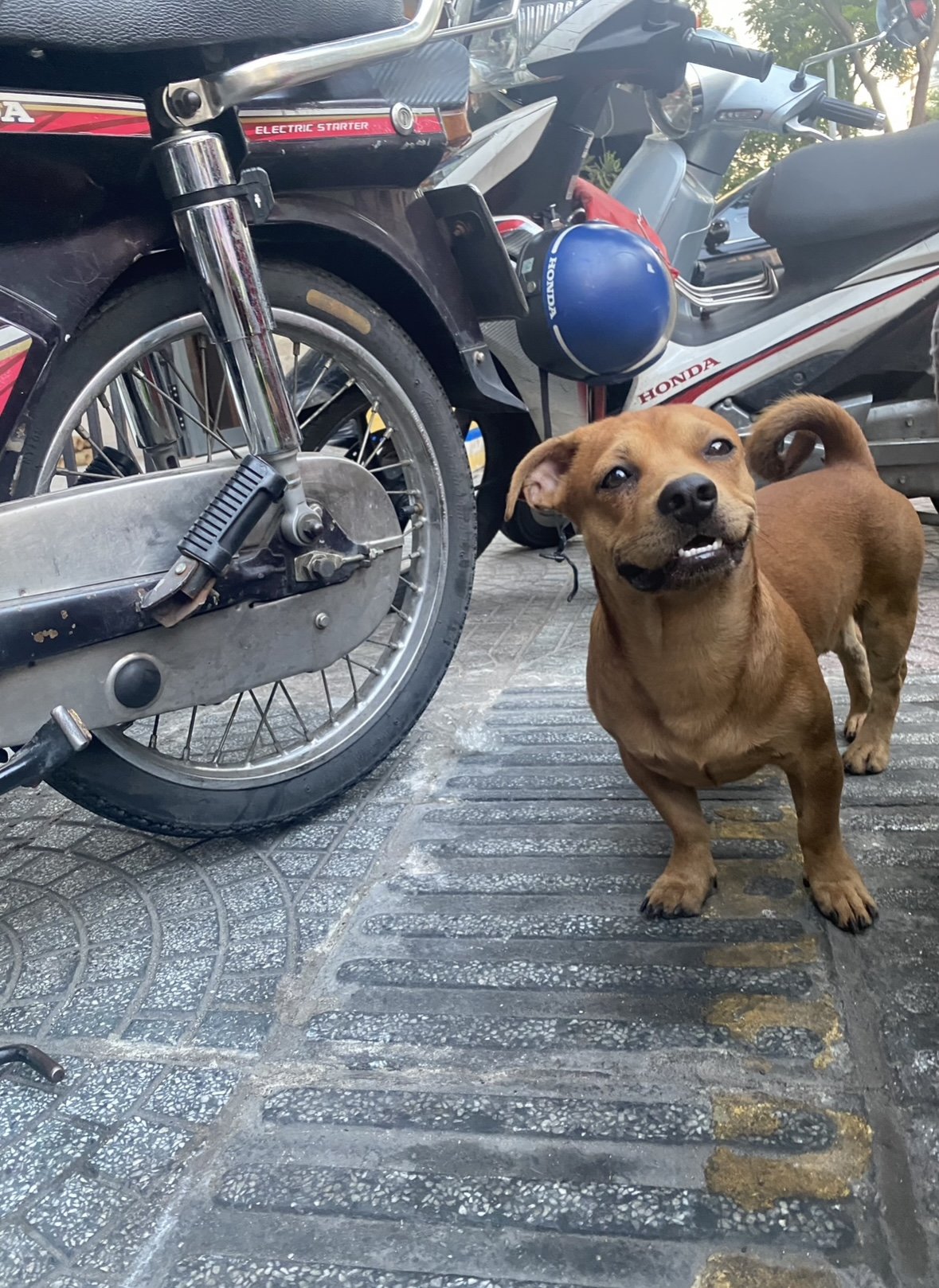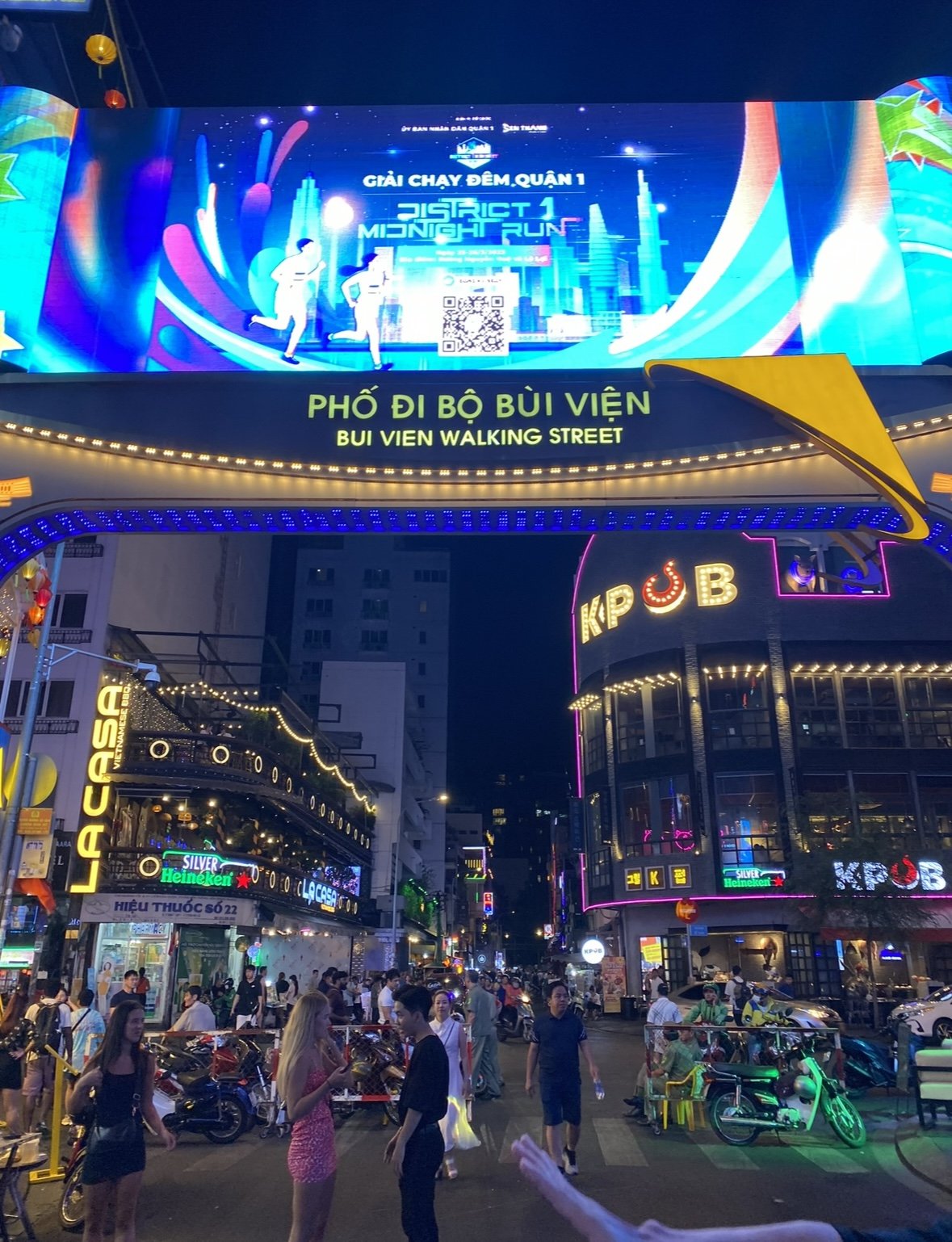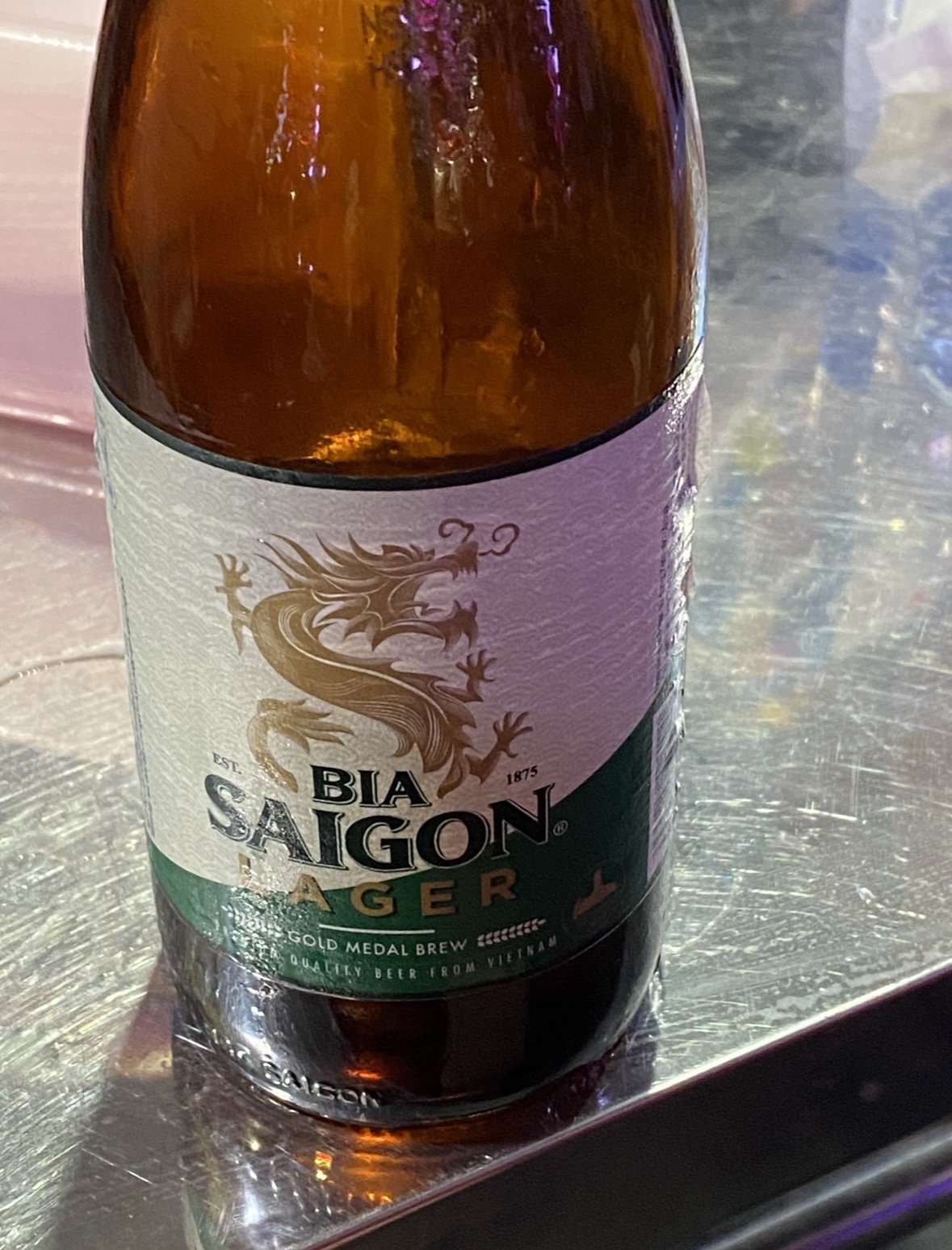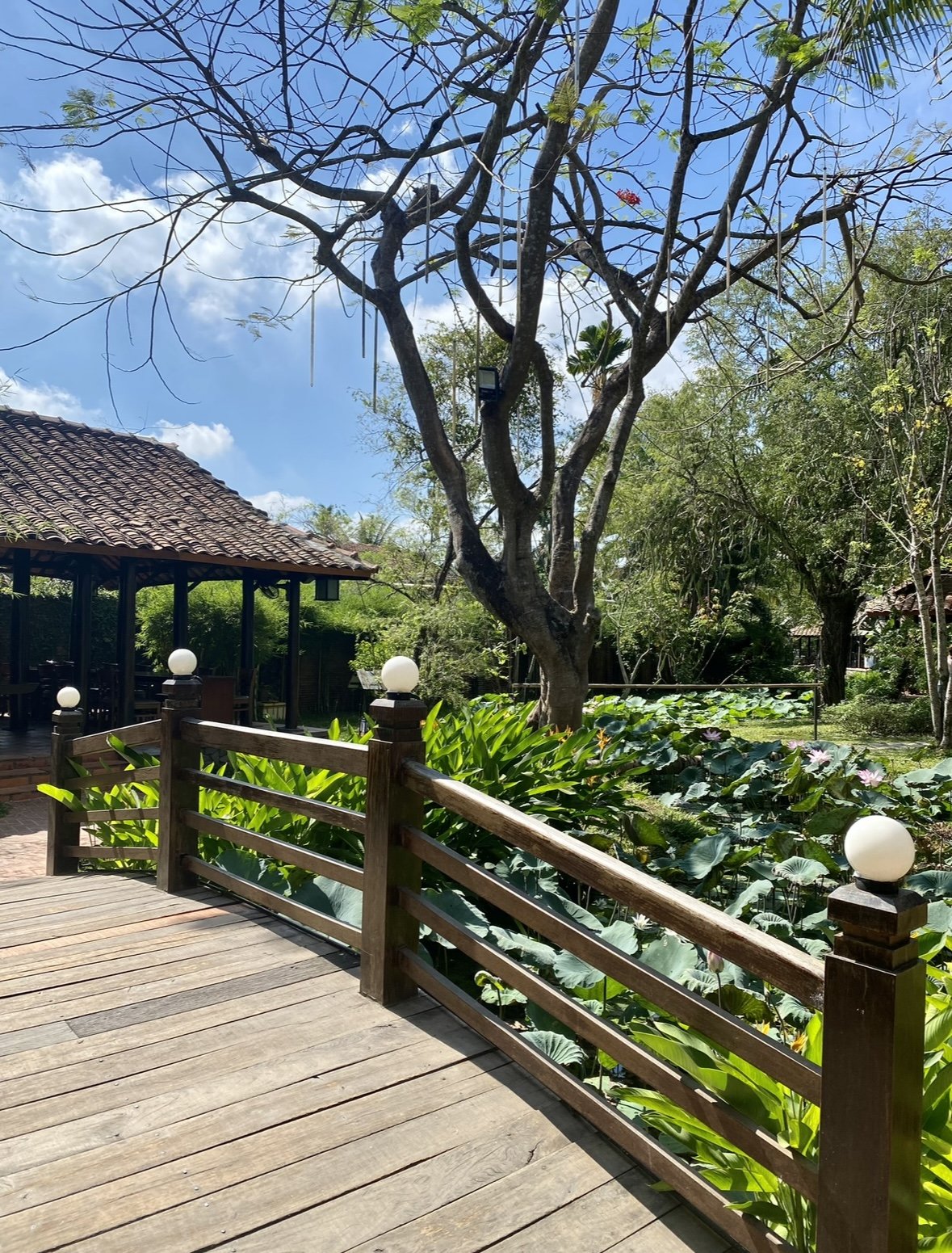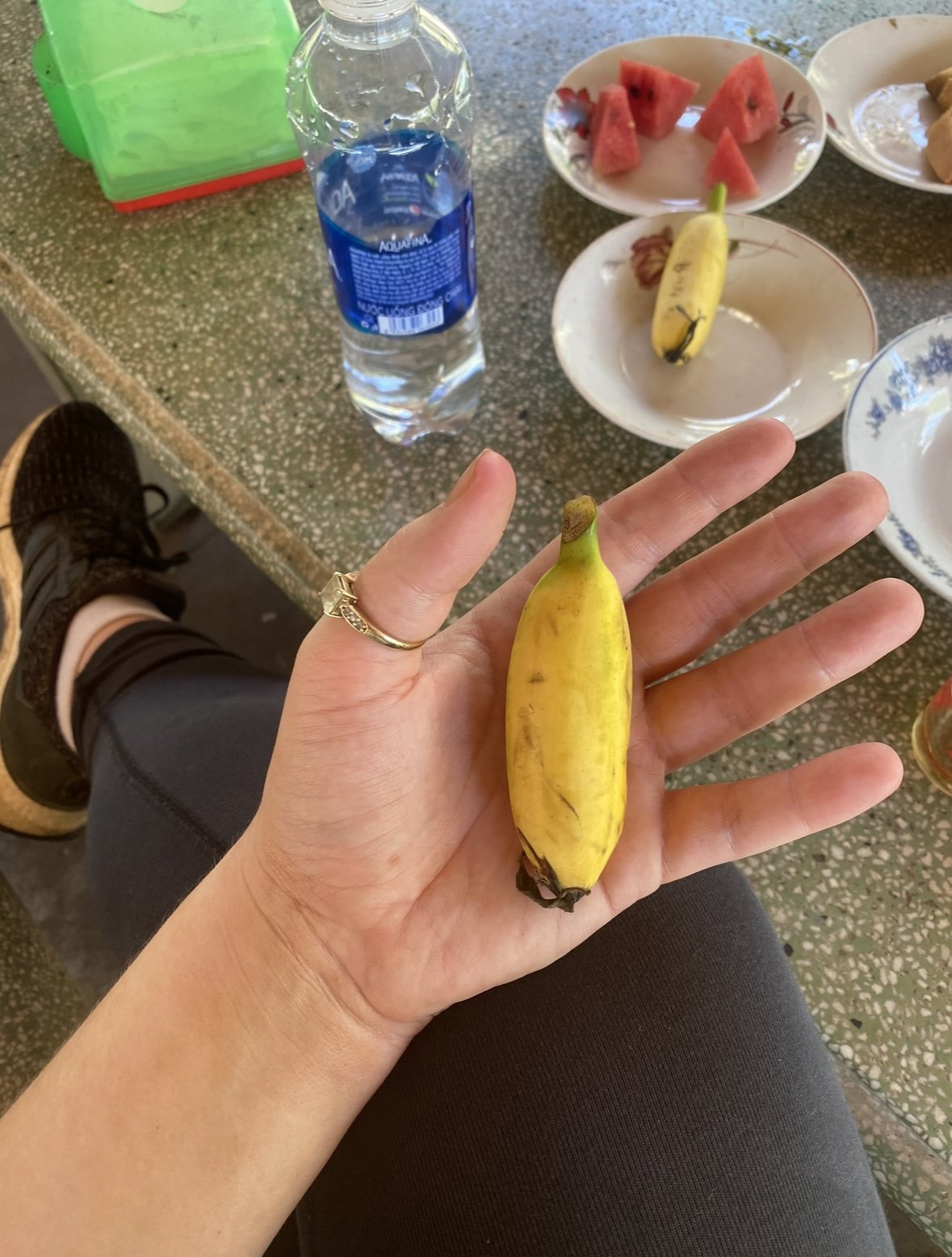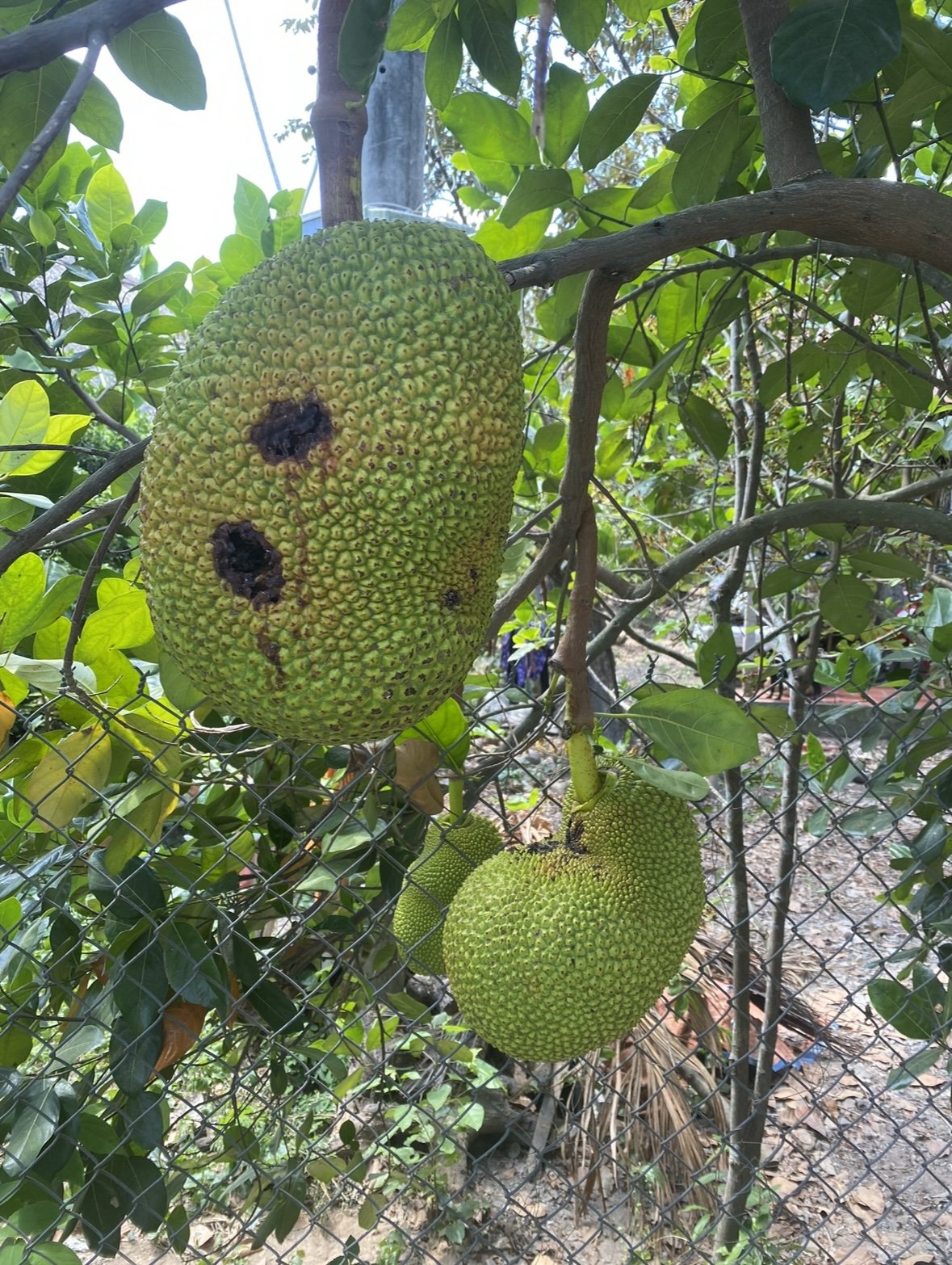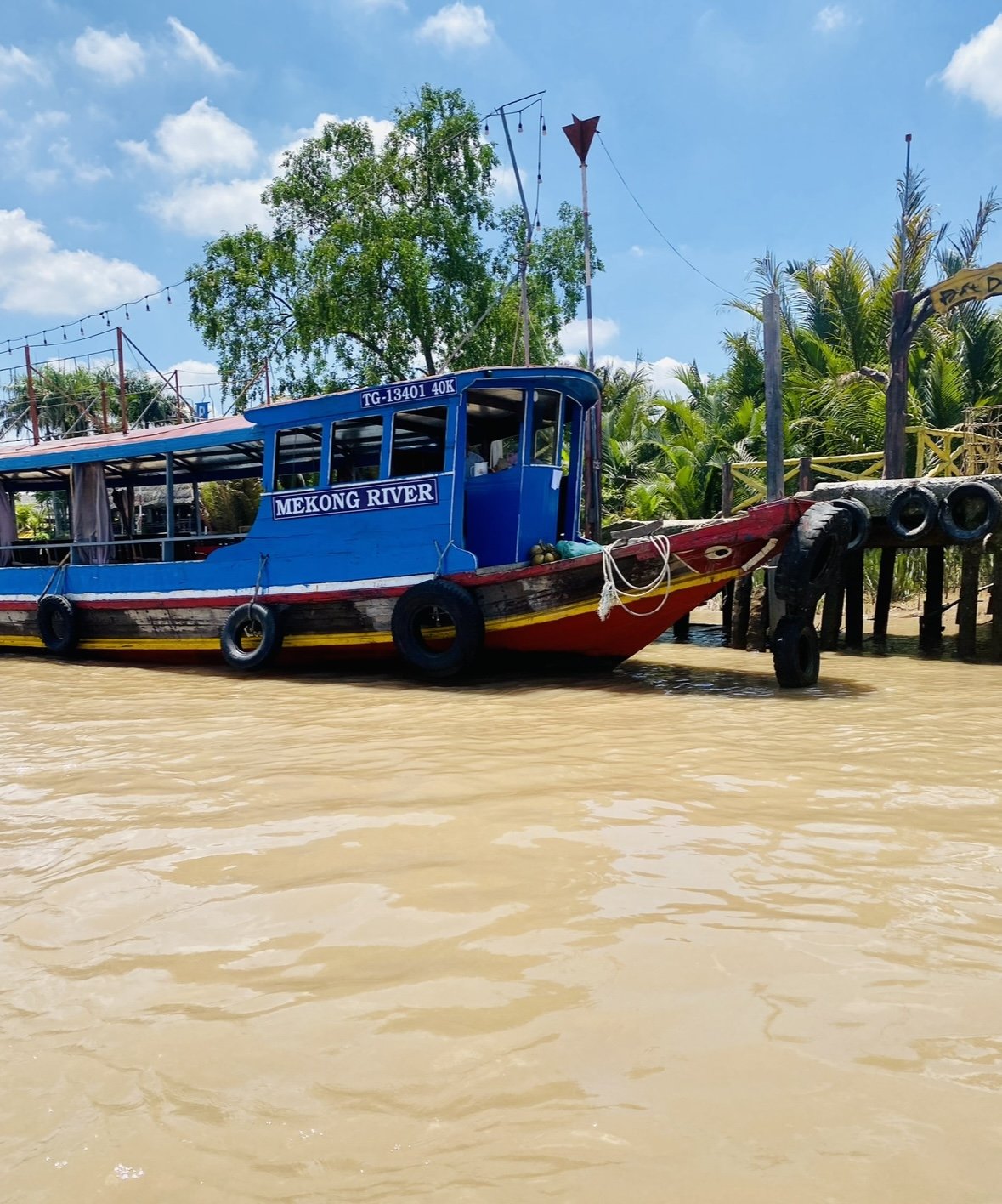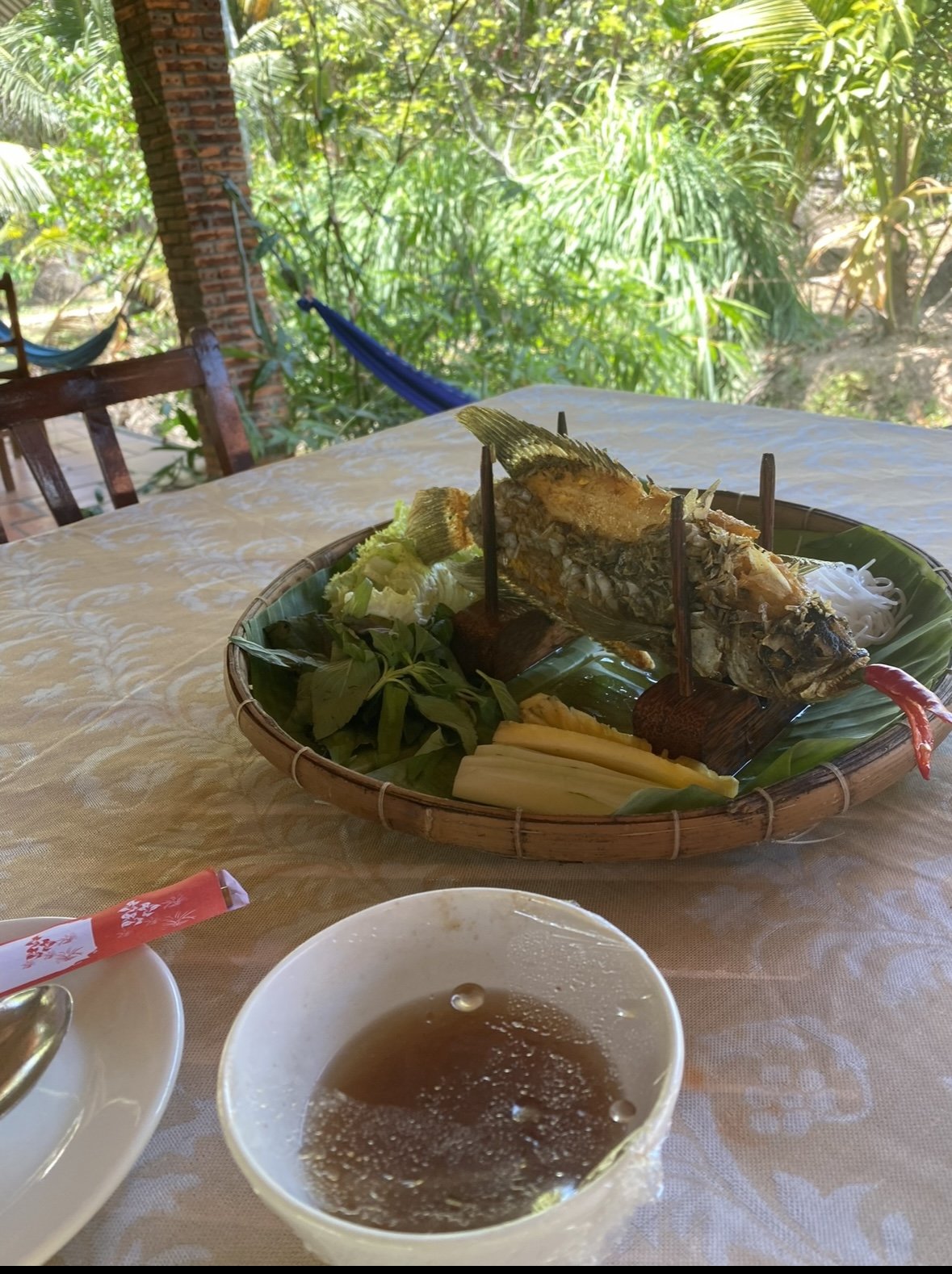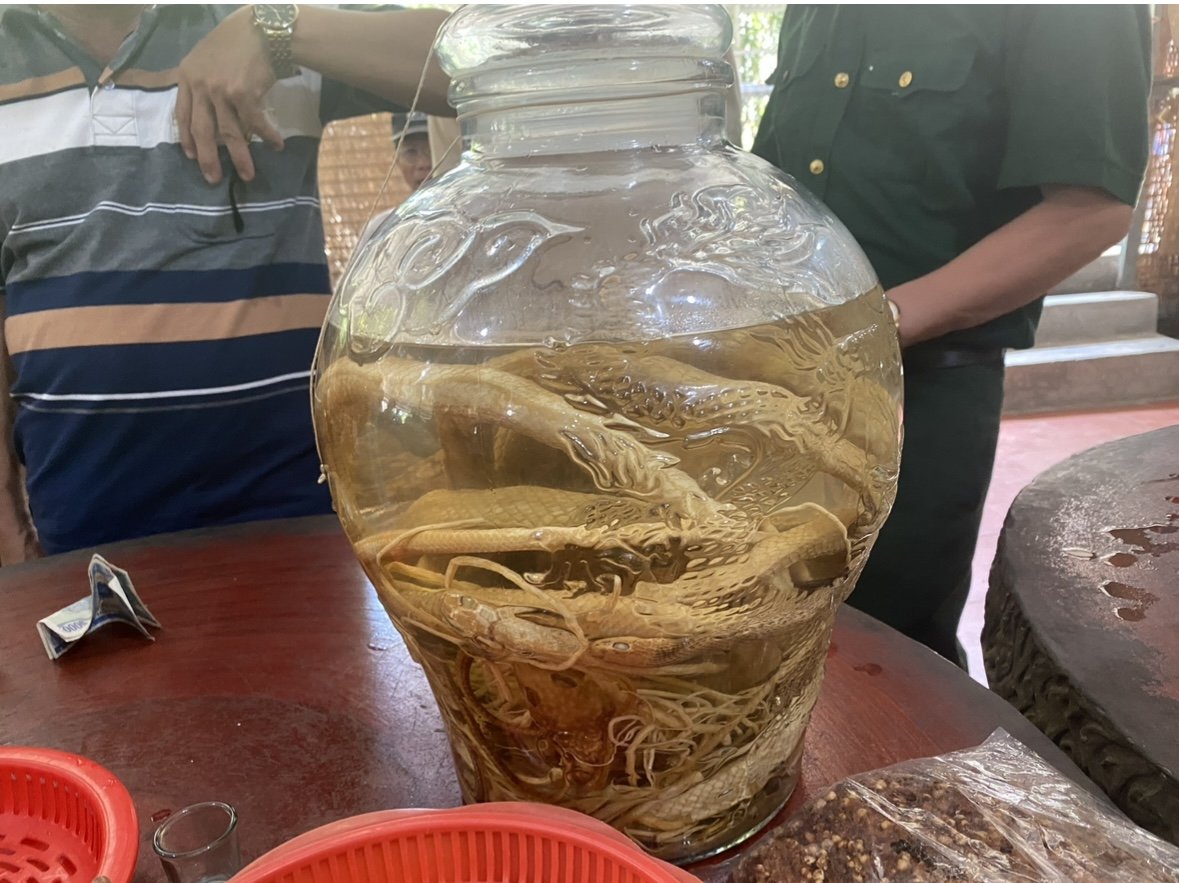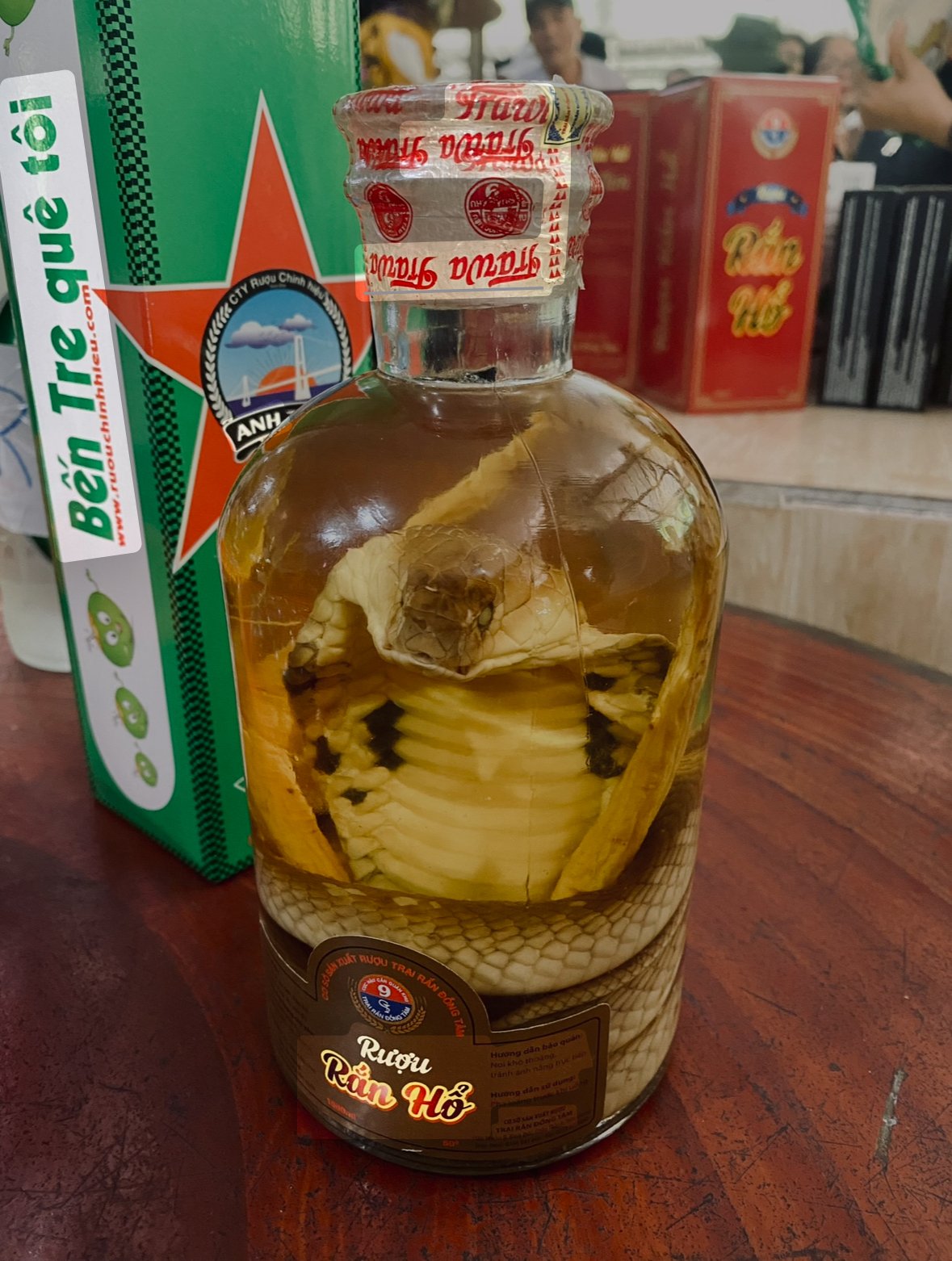Ho Chi Minh City & Mekong Delta: Touch Down in Vietnam
Touchdown in Vietnam. The furthest I have ever been from home and all to finally tick off a country that has captured my intrigue for years. With it's history, culture and landscapes, how could it not?
Anthony Bourdain is an ongoing inspiration in my travels - and life generally to be honest - and his infatuation with Vietnam was infectious. Watching his travel diaries is my antidote to the harsh realities of modern life. Escapism in its best form. And now here I was following in a hero's footsteps. Pinch me.
Over the next two weeks I will cover a staggering 1,000 miles via overnight trains and buses across Vietnam from south to north. An intoxicating journey that will just about satisfy my innate craving for adventure. The thrill of the open road is an itch that needs to be continually scratched. If you know, you know.
Flying into the city you can't help but notice the meandering delta below. My first sight of Vietnam. My first view of the mighty Mekong - the lifeblood of many communities here in Vietnam. I've read about it; watched documentaries about it; and learnt about it in textbooks at school. Here it is, right in front of my own eyes.
First thing on my mind though: food. Hunting down that o'so delicious Vietnamese cuisine after a 17 hour flight only seems logical.
On the streets of Ho Chi Minh City life can be chaotic. Scooters drive around the streets like ants on their way back to the nest. Hypnotic LED screens light up the night and a symphony of horns fills the air. For some it's overwhelming, others exciting. For me, it means delectable Phở is near and that first sip of Vietnamese beer is on it's way.
Grabbing a low plastic stool and squatting down feels unnatural to me as a Westerner. But here in Vietnam, it's part of everyday life. My extremely tight hips might not thank me for it, but my stomach is grateful.
On the menu tonight, a sampler of Bánh xèo (banh xeo) - a crispy layer of batter filled with shrimp, thin slices of pork, sprinkled with onions and beansprouts; spicy beef Phở (pho) - a Vietnamese broth with melt-in-your-mouth beef, soft rice noodles, plenty of fresh chilli and green herbs; classic peking duck with white rice and hoisin sauce; and a local beer - Bia-Saigon - to wash it all down.
If I had to recommend one dish, it would be the beef Phở. Easily one of my favourite dishes throughout my time in Vietnam - you can't miss it.
Mekong Delta: My Tho
With a belly full of food and jet lag taking its toll, I slept like a baby. But not for long.
Calling my name was the mighty Mekong - one of the longest rivers in the world. I knew I couldn't miss an opportunity to see it with my own eyes; even if it was only a minuscule fraction of the delta.
My Tho is widely considered as the gateway to the Mekong Delta. Around two hours out of Ho Chi Minh City it's easily reachable as a day trip. Driving out of the urban sprawl of Ho Chi Minh through the agricultural heartland of south Vietnam is an enchanting experience in itself. Witnessing local people going about their daily business usually has a certain charm about it, wherever you are in the world.
Little did I know, I would be the only person booked onto a one-day tour of the Mekong Delta and its surrounds. Private tour. Nice touch.
Livelihoods revolve around this delta and fertile region. Roughly half of Vietnam's agricultural output is produced here. It's a significant place that's under threat. Climate change, hydropower development, plastic pollution, overfishing and the illegal wildlife trade are just a handful of major challenges faced by this river system that is vital for people and wildlife. When travelling we often only see the "best version" of somewhere. The version that the tourist board or government want us to see. But for me, it's important, as much as possible, to see the real version too.
Cruising across the delta by local wooden boat is reminiscent of the travel documentaries that inspired me so much as a youngster. After reaching the island it's time, of course, to enjoy some local food. First I sampled some fresh fruits, heard a rendition of Vietnamese music and met the beekeepers producing some delightful fresh honey. Whilst these elements of the tour all offer needed jobs for locals, it all felt a bit manufactured for tourists.
Lunch was a diverse spread prepared by a local restaurant that felt much more authentic though. Taking centre stage was an extravagantly presented fried tilapia with a red chilli emanating from its mouth. Freshwater fish is not something we eat much of in the UK. "You are what you eat" sprang to mind and in this case, it's true. Tilapia - at least the one here - tasted very earthy. Not on my recommended list. I wish I could tell you more about the food here, but unfortunately I didn't have a guide and the chef didn't know any English so much of our chat was lost in translation. The food here was simple but delightful.
Before venturing back to the city lights of Ho Chi Minh City, there was one last stop: a coconut candy factory. While coconut candy is a popular treat throughout Vietnam and it's certainly a nice treat, what really caught my attention here was something I didn't expect to see at all.
Snake wine. Yep, snake wine. An infusion of whole snakes in rice wine or grain alcohol to produce an alcoholic drink that is typically drank by the shot glass due to its high alcohol content. From what I understand, there is a preference for venomous snakes to be used in this drink.
As a conservationist so many questions were running through my mind: what species are involved? are they endangered? how popular is this drink? is there a trade? is it legal?
Now I'm up for almost anything when I'm travelling. "When in Rome" springs to mind. So when my guide held a shot of snake wine up to me, I swigged it without much consideration. It didn't taste of much to me other than than a high proof alcoholic drink. Certainly I didn't come away thinking "blimey, essence of snake is a corker."
Turns out, that often snake wine is illegal to export because many of the species used are endangered species and protected under the Convention on International Trade in Endangered Species (CITES). Not illegal in Vietnam I should say, but nevertheless, scientists and conservationists are concerned about the conservation status of some of the snake species involved - particularly cobras - hence their listing on CITES. There's also animal cruelty concerns - snake wine is often made by drowning a live snake in alcohol. More info on snake wine here.
I have no idea if the snake wine I drank was derived from endangered species or not, but in many ways that's irrelevant and I do regret trying it in that fleeting moment. It wasn't worth it. I wouldn't try shark fin soup or buy ivory, so why should snake products be any different? By sharing this with you, I want to highlight that even the most well-intentioned people can make mistakes - especially when we're exploring an unknown environment. That's okay. What's important is to build on that knowledge, share it and spread awareness.
Many guidebooks and travel blogs recommend trying snake wine as a "must do" when in Vietnam. However local environmental groups and Vietnamese people are promoting the opposite. Trying snake wine will not make your experience in Vietnam. The country has so many other things to offer that missing this one off your list won't do your memories any harm.
Gently paddling back toward the mainland through the narrow channels of the delta you get an appreciation for the slower pace of life here versus the intense rush of the city. My first taste of the Mekong lived up to my expectations, but I have no question that I'll be back to venture further into the delta, experience the floating markets and find the famous, but critically endangered, Mekong giant catfish (one of the largest freshwater fish in the world).
Tomorrow it's time to take a glimpse into Vietnam's history at the Cu Chi Tunnels and War Remnants Museum.



